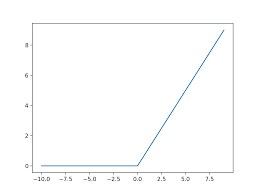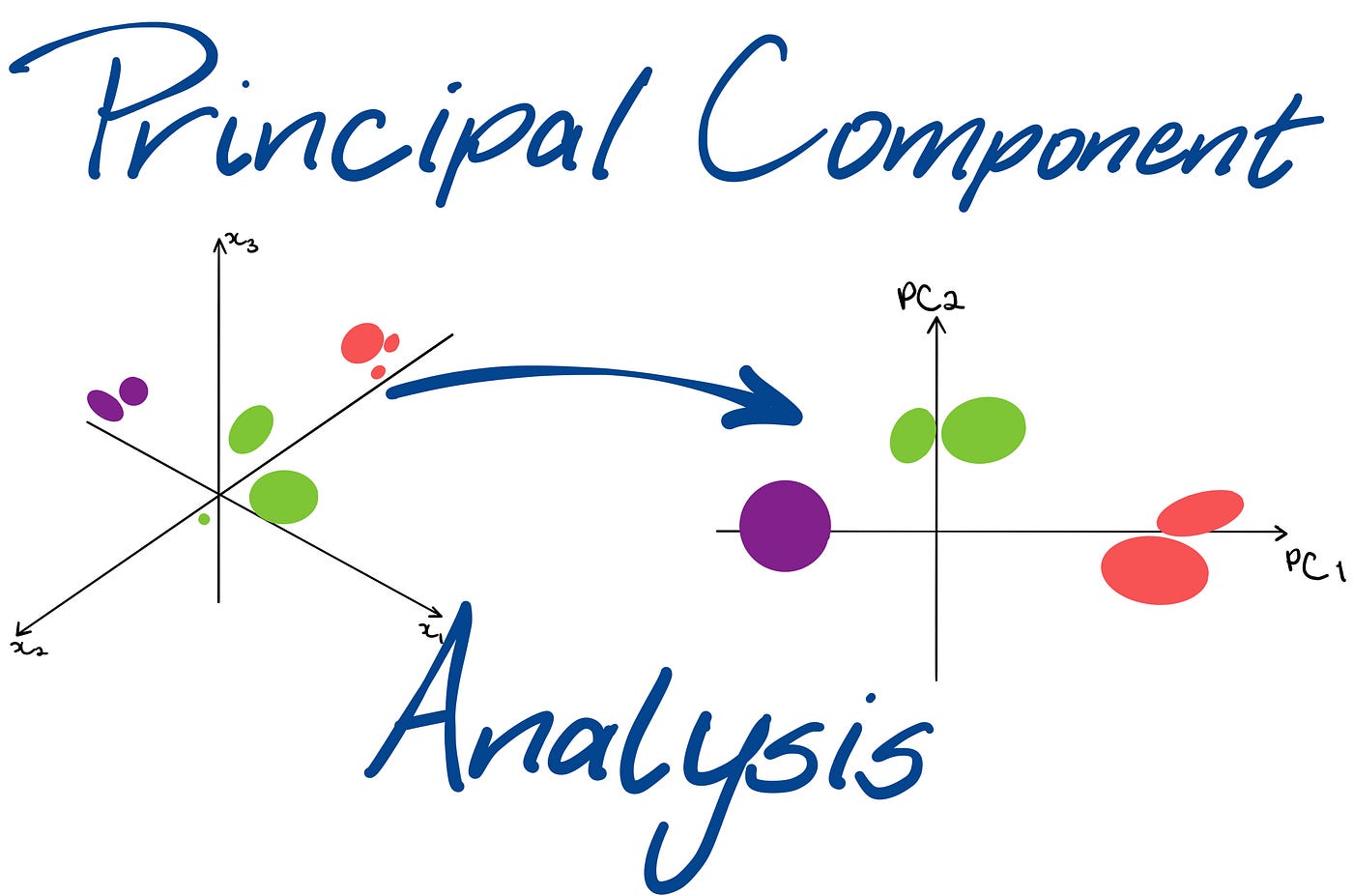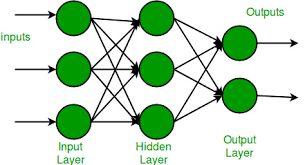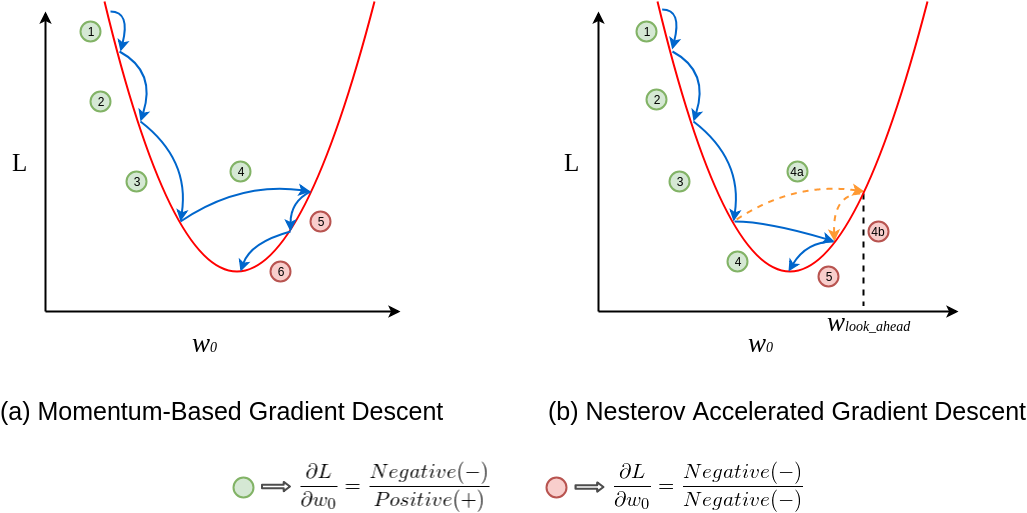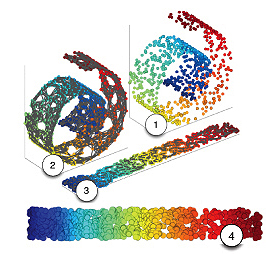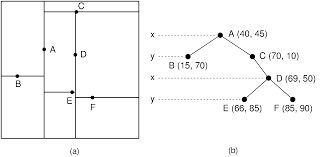A Brief History: Who Developed It? Rubner-Tavan’s network, introduced in the 1980s by Joseph Rubner and Paul Tavan, emerged from the need to model adaptive neural systems efficiently. This innovation laid the groundwork for advancements in unsupervised learning and data …
A Brief History: Who Invented It? Imagine a flashlight being turned on in a dark room. Geoffrey Hinton’s work in the 2000s popularized rectifier activation functions, much like flipping the switch illuminated new pathways in deep learning. They’ve since become …
A Brief History: Who Developed It? Imagine a key that unlocks the door to modern machine learning. That key is the perceptron, introduced in 1958 by Frank Rosenblatt, a psychologist and computer scientist. Inspired by the workings of biological neurons, …
A Brief History: Who Developed Principal Component Analysis? Principal Component Analysis (PCA), first introduced by Karl Pearson in 1901, revolutionized data analysis by uncovering the underlying patterns in datasets. Harold Hotelling later extended its applications in the 1930s, cementing PCA …
The blog explains the history, functionality, and types of neural networks, detailing their applications and tools used in industries like healthcare, traffic optimisation, and economic modelling. It also emphasises the significance of neural networks in addressing challenges in machine learning.
The Multilayer Perceptron (MLP) is a foundational neural network model that transforms machine learning with its ability to solve non-linear problems and extract features automatically. This blog explores its history, structure, tools, and impactful applications across Australian industries.
Momentum and Nesterov Momentum are essential optimisation techniques that accelerate machine learning training by smoothing updates and improving accuracy. This blog explores their history, functionality, features, and applications, including their impact in Australian industries like healthcare and environmental forecasting.
Manifold learning simplifies high-dimensional data into low-dimensional representations while preserving structural integrity. This blog explores its techniques, features, tools, and applications in Australian government sectors like education and agriculture.
KD-Trees, introduced in 1975 by Jon Bentley, revolutionised multidimensional data processing with their efficiency and adaptability. This blog explores their history, features, types, tools, and applications in Australian industries like geoscience and urban planning.




